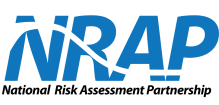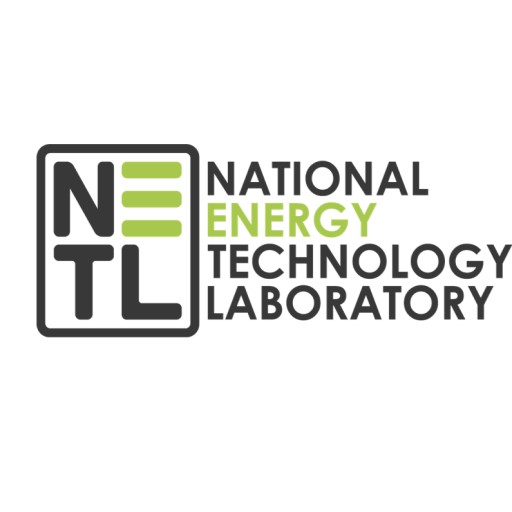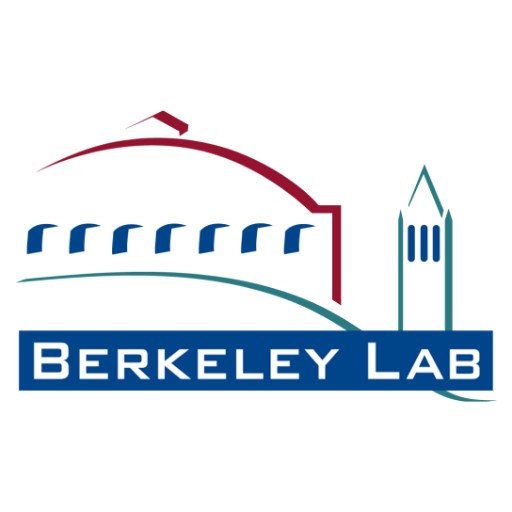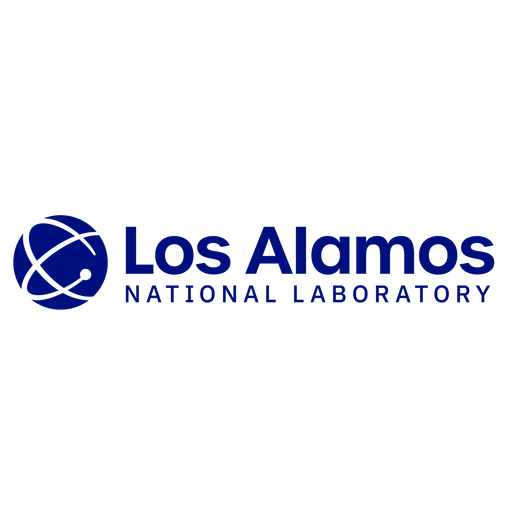NRAP released a set of open-source computational tools designed to help evaluate the performance of geological carbon storage sites and to assess risks across a project’s life cycle. The NRAP tools enable stakeholders and operators to rapidly explore the behavior of the storage complex and to evaluate containment effectiveness and quantify leakage risk, assess geomechanical risks and manage induced seismicity, and develop risk-based monitoring strategy for uncertainty reduction.
More...
The application catalog is made available with key findings, and allows access to individual reports and manuscripts, and is intended to aid stakeholders in applying similar risk-management workflows and in making risk-based decisions at GCS sites.
The conceptual workflows that constitute the basis of each individual tool are further described in a set of Recommended Practices developed as part of NRAP and accessible at link. They consider aspects of site characterization, quantification of potential leakage, assessing the spatial extent of potential environmental impacts, optimizing monitoring design for detection of potential leakage, evaluation of concordance between monitored and forecasted reservoir response, assessing conformance with expected/accepted performance, and determination of the timeline over which risk of impactful leakage can be expected to abate.
Less...





